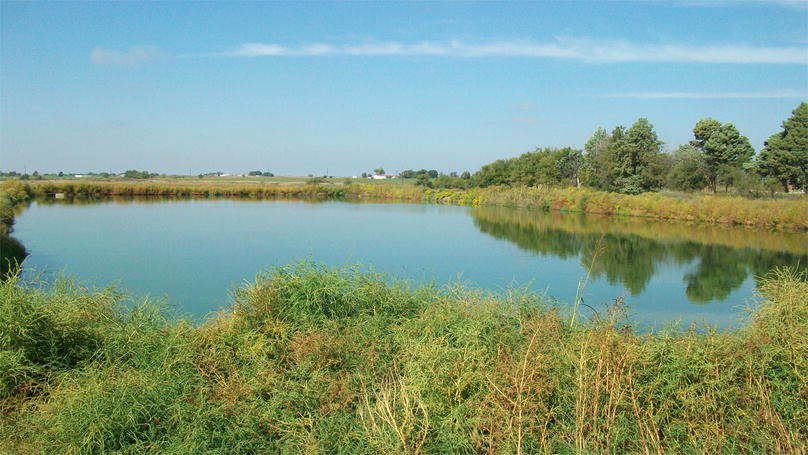The Purpose and Function of the Swales and Canals in Florida Shores
Florida Shores was developed before stormwater treatment rules were enforced in the State. The open water canals throughout Florida Shores were originally constructed as mosquito control ditches, and then houses were built around the canals all connected by a grid of dirt roads. In the 1990’s, two big things happened: strict stormwater rules went into place Statewide, and all of the north-south roads in Florida Shores were paved. In order to comply with the new stormwater rules, an extensive network of dry-bottom retention ponds and swales were constructed. These dry ponds were placed into most of the east-west roads in Florida Shores with the roadside swales connecting the houses to the ponds. The system was engineered to hold a portion of rainfall within the swales and ponds and to discharge anything over that amount into the canals and out to the Indian River. The “first flush” of rainfall contains most of the pollution that gathers on the ground, such as gas and oil, pet waste, and other contaminants accumulated on roadways, driveways and other impervious surfaces. By holding the first amount of runoff in the swales and ponds and allowing the natural action of percolation to draw that water down into the soil, the majority of contaminants are treated within the soil and not discharged into the Indian River. The action of percolation can take up to three (3) days to complete. When we receive rainfall day after day, it may appear as though water is standing in the swales and not draining, meanwhile percolation is actually happening at the bottom of the swale/pond system. After a week without any rainfall, if you still have water standing in swales near your house, then it is time to call the City’s Environmental Services Department to help fix the problem. In addition, if you see an obvious blockage, please call also.
Remember, the roadside swales are a critical part of the percolation area. They are an extension of the end-of-block retention ponds. In general, the swales are there to hold the first portion of rainfall and to move the rest. If you see 3 or 4 inches of water in the swales and it rained within the last day or two, the swales are doing their job.

